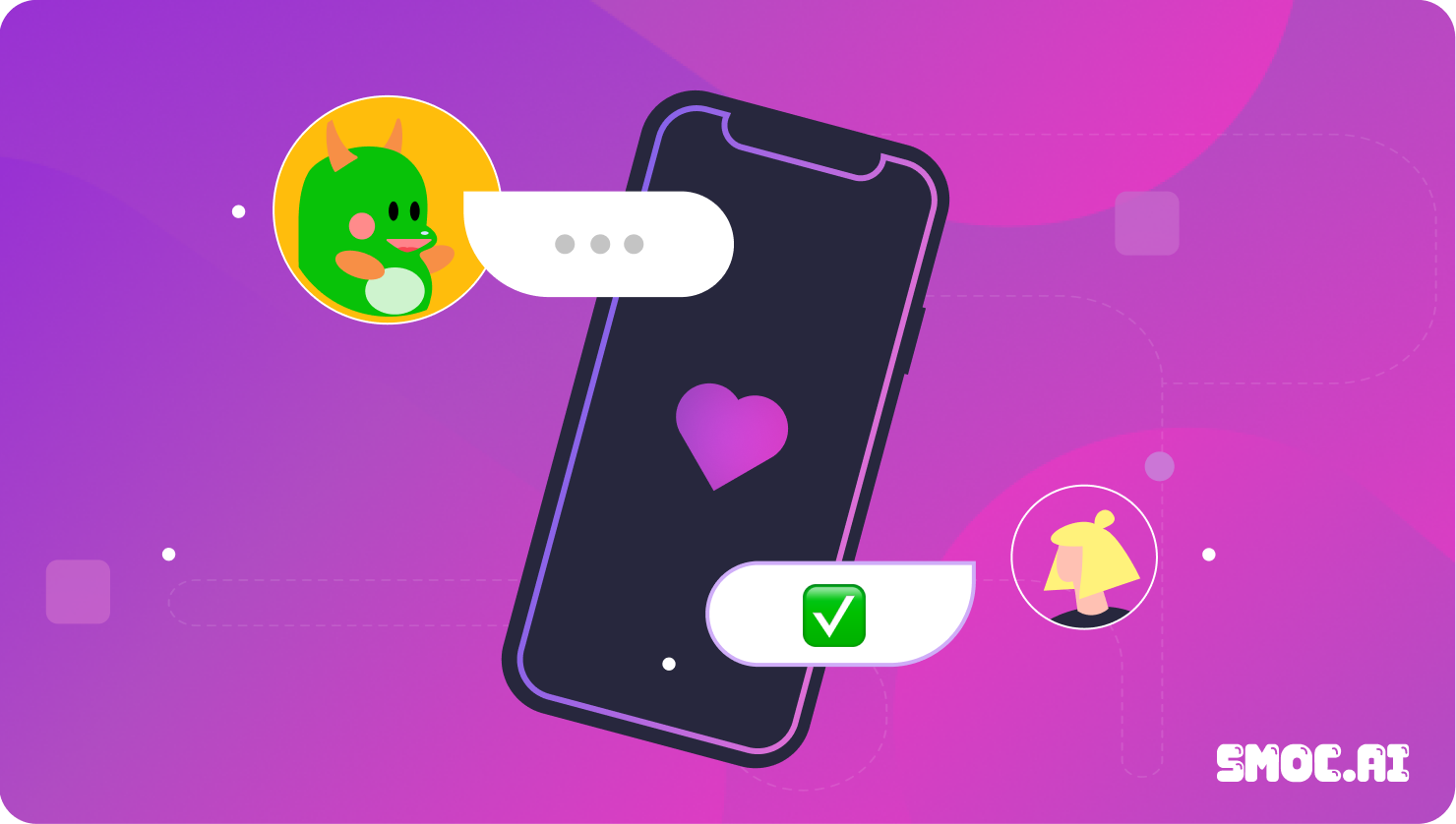Why Conversational Data Matters
Conversational data offers unique advantages for marketers. It allows you to create personalized and compliant experiences that resonate with consumers, while also helping your business stand out in a crowded market. By adopting a conversational approach, you can gather deeper insights and unlock the full potential of personalized marketing.
Conversational formats, such as those offered by SMOC.AI, create a media landscape filled with willing and compliant customer interactions. These formats enable you to overcome obstacles like ad blockers, VPNs, and incognito modes, ensuring effective communication with your target audience.
To extract the full value of conversational data, it's crucial to utilize the right technology. A conversational data platform integrated into your existing marketing mix can help you reach, connect with, and understand your target audience on a deeper level.
Examples of Conversational Data
The conversational platform provided by SMOC.AI offers a range of first-party data extraction opportunities:
-
Survey and client feedback data:
Engage your audience in meaningful conversations that provide valuable insights. By using a conversational format, you can create a personalized experience that captures consumer preferences and behaviors, resulting in longer engagement and a deeper understanding. -
Interest and preference data:
Tap into social messaging platforms to acquire customer data. These channels offer a wealth of information about your audience's socioeconomic, demographic, and preferential interests, enabling effective targeting without relying on cookies. -
Loyalty data:
Foster loyal relationships with your customers through one-on-one online conversations. These personalized interactions help you understand their needs and preferences, ultimately driving loyalty and return on investment. -
Other CRM data:
Supplement your existing CRM system or replace it entirely with a conversational data platform. By presenting relevant information at the right time in a chat-based format, you can gather interest and preference data more effectively. -
AI-powered prediction data:
Use the wealth of conversational data you have collected to fuel AI-powered predictions. By understanding your audience's preferences, engagement patterns, and reward choices, you can leverage these insights to drive your business efforts and make informed decisions.
Embrace the Power of Conversational Data
Creating intelligent conversations throughout your marketing funnels is vital for success in today's digital landscape. Discover how SMOC.AI can be the tool your business needs to harness the power of conversational data. Click here to learn more about SMOC.AI and its capabilities.
Remember, understanding your audience through conversational data is the key to unlocking personalized marketing that drives results.
